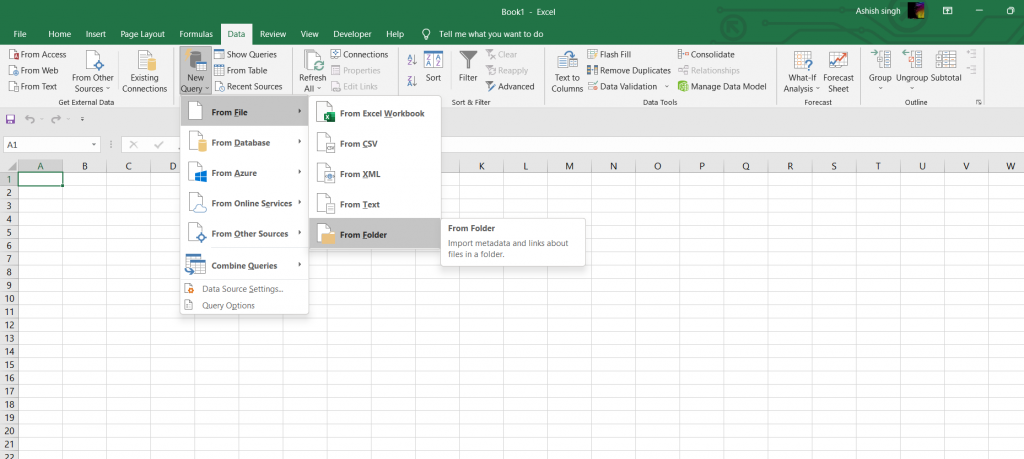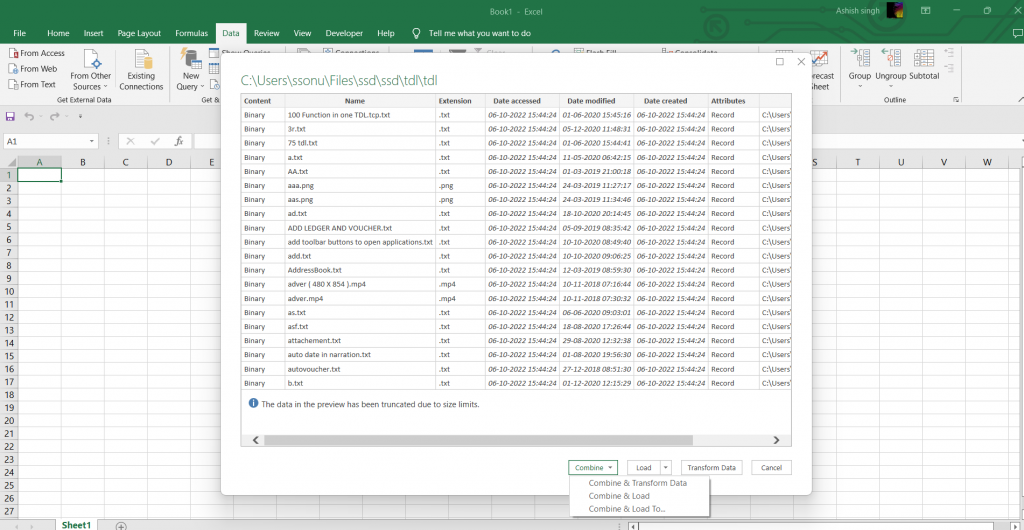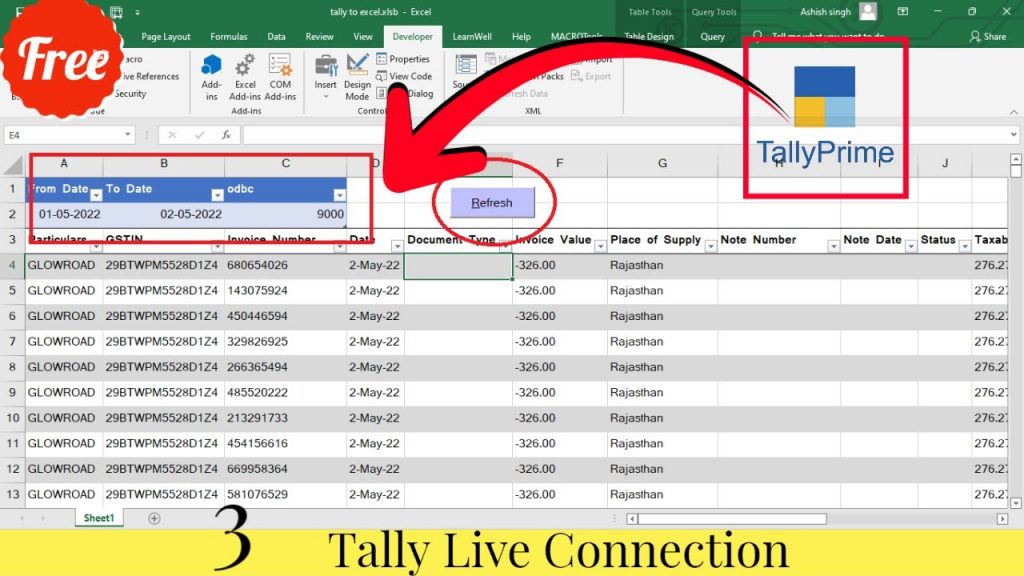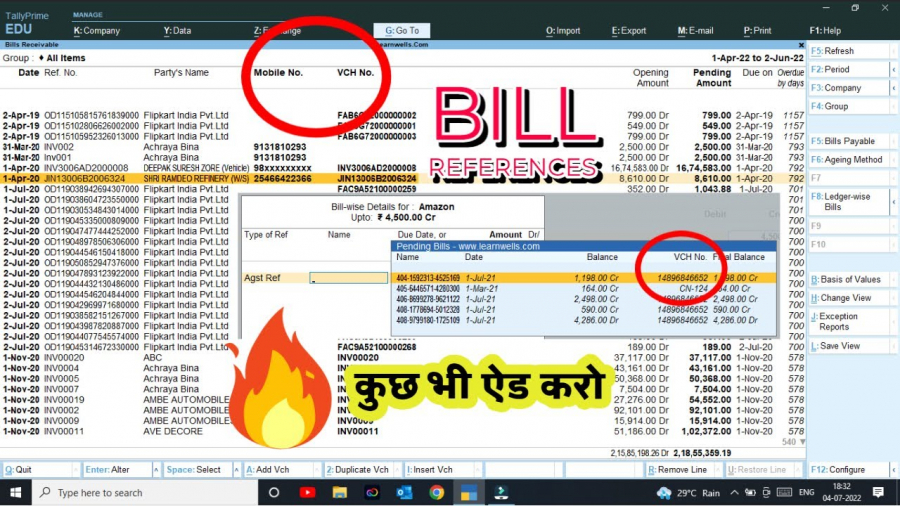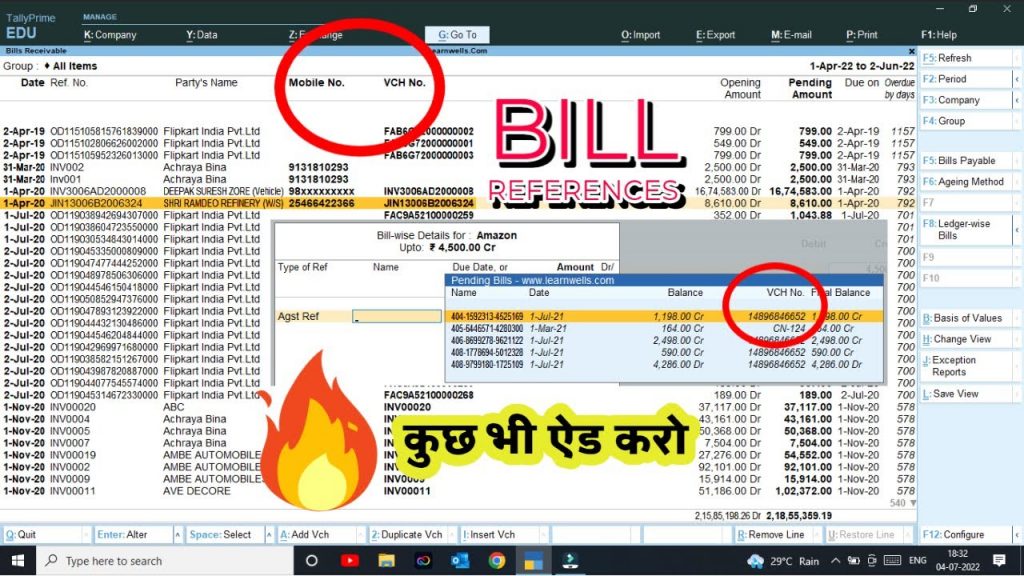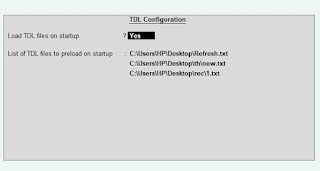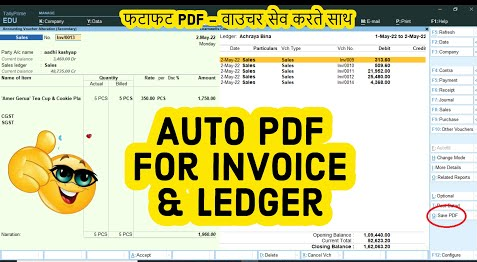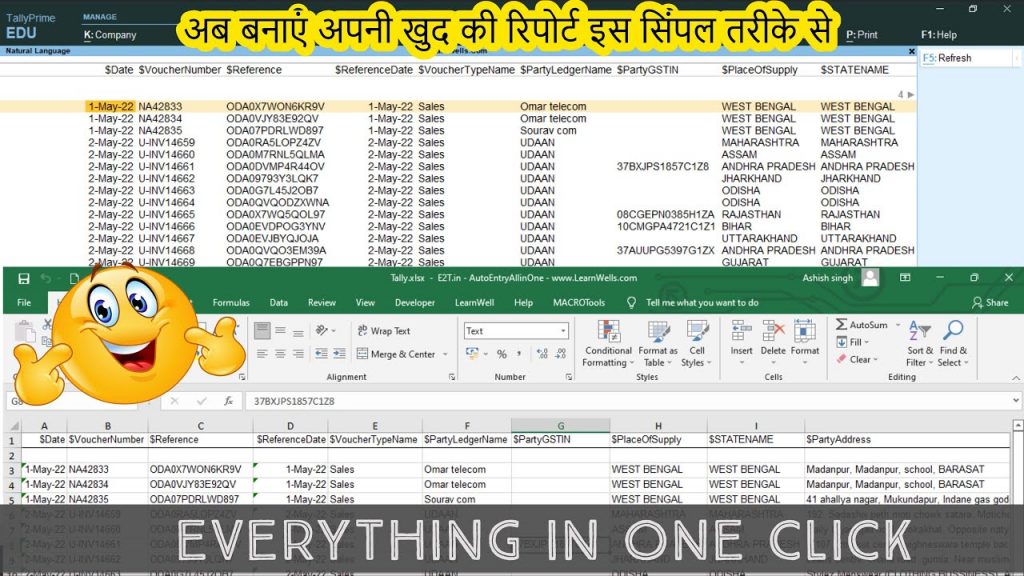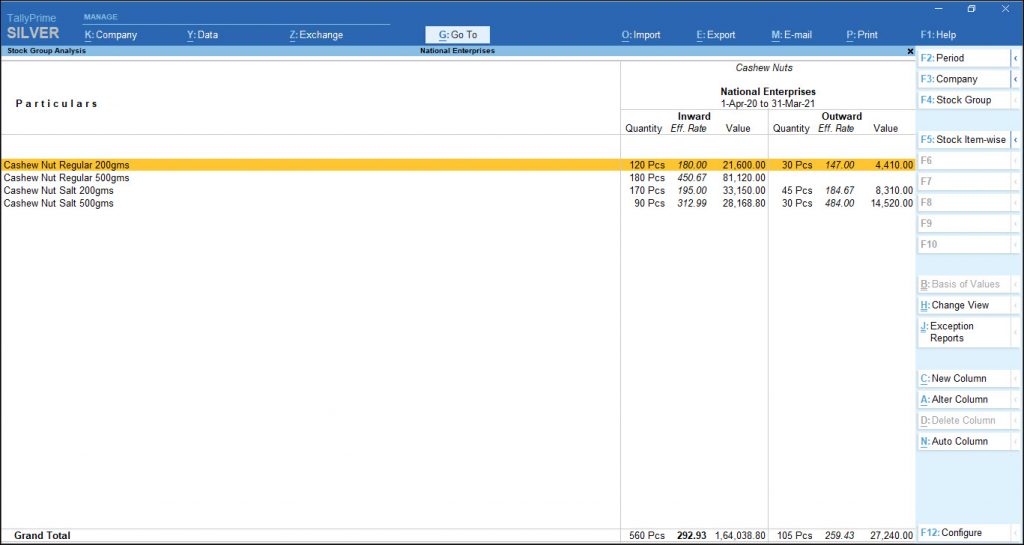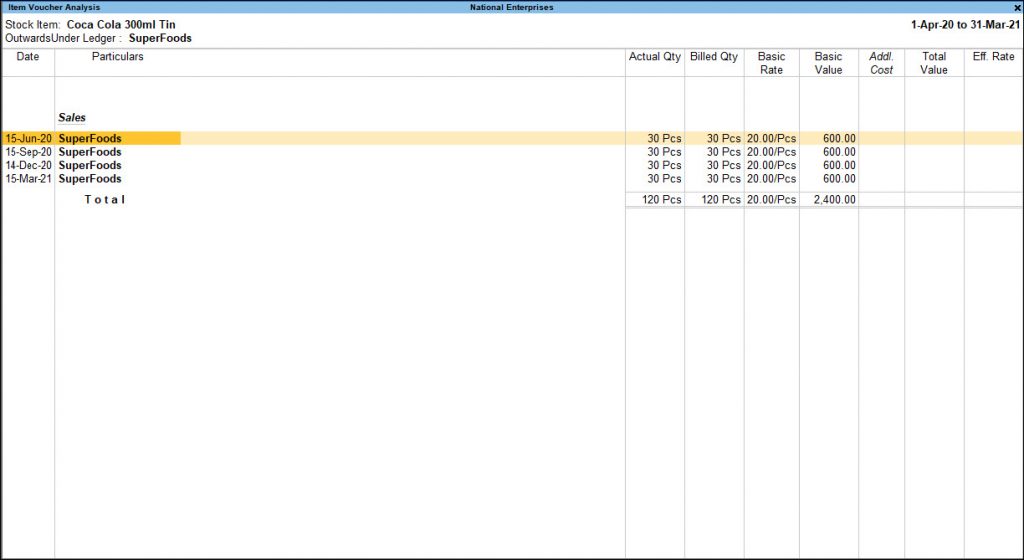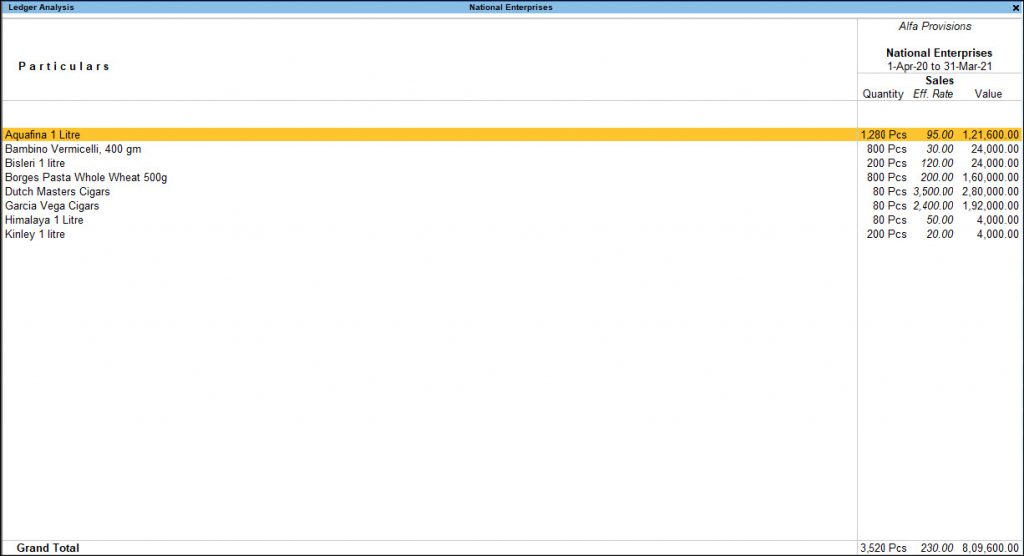If you’re like most people, you probably don’t think much about your car’s tires. But, if you’ve ever had a flat tire or a blowout, you know how important they are. That’s why it’s important to take care of your tires and make sure they’re in good condition.
One of the best ways to do this is to bring them to Costco Tire Centre. Costco Tires Centre is a tire retailer that offers a wide range of services, including tire installation, balancing, and rotation.
They offers a variety of tires for all types of vehicles, including cars, trucks, SUVs, and RVs. They also offer a wide range of brands, including Michelin, BFGoodrich, and Goodyear. If you’re not sure which tires are right for your vehicle, the experts at Costco Tires can help you choose the perfect tires for your needs.
How useful are better tires for vehicle:

Also read best way to merge multiple file into one
It’s no secret that tires are a vital part of your vehicle – after all, they’re the only part of your car that actually touches the road. That’s why it’s important to make sure you have the best tires for your car, truck or SUV.
Good tires can improve your gas mileage, give you better traction in slippery conditions and make your car ride smoother. Not to mention, they can also help extend the life of your vehicle.
If you’re not sure if it’s time to replace your tires, there are a few things you can look for. First, check the tread depth. If the tread is worn down to 4/32 of an inch, it’s time to replace your tires. You can also do the “penny test” – if you insert a penny into the tread and Lincoln’s head is visible, you need new tires.
When you’re ready to buy new tires, be sure to do your research. You’ll want to find a tire that’s the right size, type and price for your vehicle. You can talk to a tire expert at a reputable dealership or auto parts store to find the best tires for your car.
Investing in good tires is an important part of being a responsible vehicle owner. With the right tires, you can keep your car running safely and efficiently for years to come.
What is Costco Tire Centre:
Castco offers a wide range of tire brands and services, including tires for cars, trucks, SUVs, and more. It also provides batteries services.
If you are in need of new tires or wheels, or if you just need a tune-up, Castco Tire Centre is the place to go. They offer a wide variety of services to help keep your vehicle in good shape.
Benefits of Purchasing Costco Tires:

Costco is one of the leading retailers for tires in the United States. They offer a variety of services and benefits that other tire retailers simply cannot match. Here are the top 10 reasons to buy your tires from Costco:
- Convenient Locations: Costco has over 580 locations across the country, making it easy to find a store near you.
- Installation Services: Costco offers professional installation services at all of their locations. This means that you can get your new tires installed quickly and easily, without having to do it yourself.
- Competitive Pricing: Costco offers some of the most competitive pricing on tires in the industry. They regularly run sales and promotions, so you can be sure to get a great deal on your next set of tires.
- Tire Warranty: All of the tires sold at Costco come with a manufacturer’s warranty. This means that if you have any problems with your tires, you can simply take them back to Costco and they will take care of it for you.
- Road Hazard Protection: In addition to the manufacturer’s warranty, Costco also offers road hazard protection on all of their tires. This means that if you have a problem with your tires while you are driving, Costco will pay to have them repaired or replaced.

Pros and Const : Costco tires:
Are you considering using the Costco Tire Centre for your next tire purchase? Here are some things to consider before making your decision.
PROS
- Costco offers a wide selection of tire brands and sizes
- Costco Tire Centre offers competitive pricing
- Installation is quick and easy
- Costco offers a satisfaction guarantee
CONS
- You need to be a Costco member to purchase tires
Whether you’re looking for a new set of tires for your car or truck, Costco Tire Centre is a great option to consider.
FAQ:
What are the benefits of purchasing tires from the Costco Tire Centre?
Some benefits of purchasing tires from the Costco Tire Centre include getting access to exclusive tire brands, getting professional installation services, and receiving a warranty on your tires. You also have the option to purchase a tire protection plan, which provides coverage for unexpected repairs and replacement.
What types of tires does the Costco Tire Centre carry?
The Costco Tire Centre carries a wide variety of tire brands and types, including all-season tires, winter tires, and performance tires. You can also find tires for different vehicle types, such as cars, trucks, SUVs, and vans.
How can I get my tires installed at the Costco Tire Centre?
When you purchase tires from the Costco Tire Centre, you can also schedule an appointment for professional installation. Tire installation is quick and easy, and experts will make sure your new tires are properly inflated and installed.
What is the Costco Tire Centre warranty?
The Costco Tires offers a warranty on all tires. This warranty covers defective materials and workmanship, and it also provides coverage for road hazards. If you experience any problems with your tires, simply bring them back to Costco and they will make things right.
What is the Costco Tire Centre Tire Protection Plan?
The Costco Tire Centre Tire Protection Plan is an optional service that provides coverage for unexpected repairs and replacement. This plan includes tire protection, roadside assistance, and towing. For an additional fee, you can also add coverage for rental cars and travel expenses.





